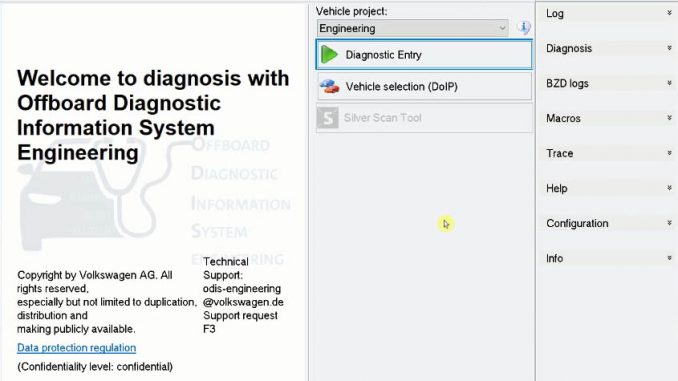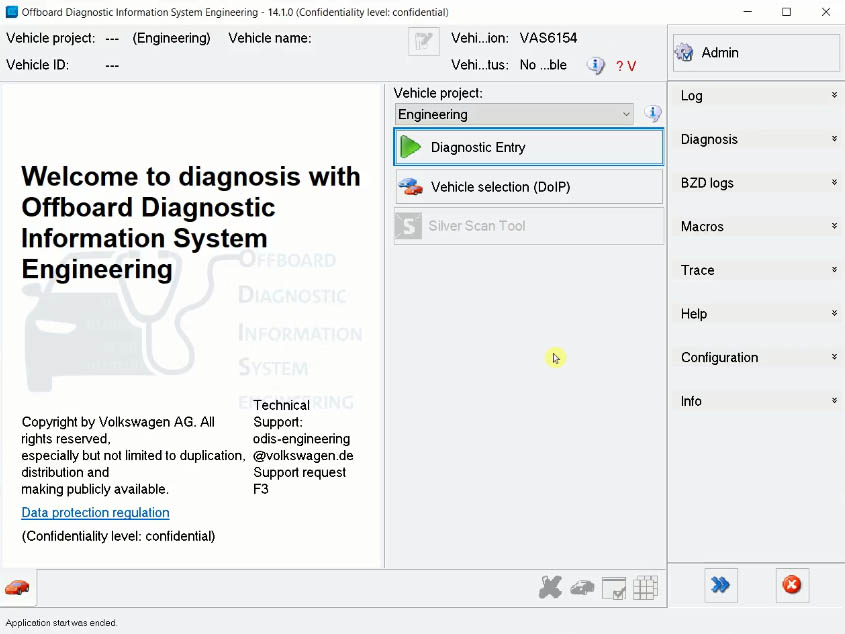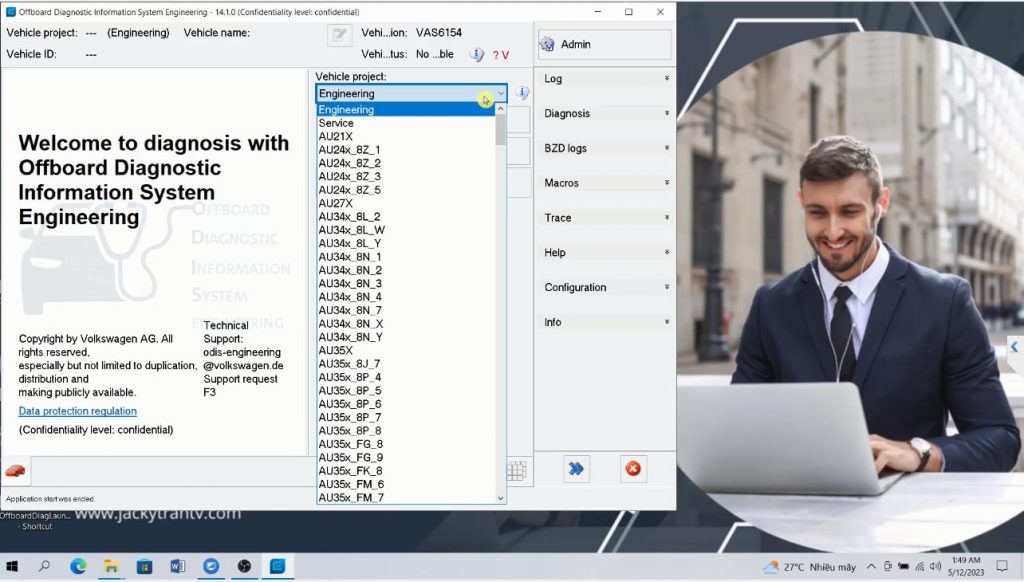
ODIS Engineering 14 is a powerful software tool that offers a wide range of functionalities for automotive engineers. Whether you’re a seasoned professional or a beginner in the field, this step-by-step guide will walk you through the process of using ODIS Engineering 14 effectively. From installation to performing advanced diagnostics and ECU development, this guide will help you harness the full potential of ODIS Engineering 14.
Download Link Xentry Openshell 2023.06:
https://mega.nz/folder/rxcRwIxB#U_8PNzxOTGjWpydMoF1s5g
See the software installation instructions below
ODIS Engineering 14.1 Installation and Setup
To begin, download and install ODIS Engineering 14 on your computer. Follow the provided instructions and ensure that your system meets the software’s requirements. Once installed, configure the necessary settings and connect the required diagnostic interfaces or adapters.
Connecting to the Vehicle
Connect the diagnostic interface to the vehicle’s OBD-II port or the specific connector for your target vehicle. Launch ODIS Engineering 14 and establish a connection between the software and the vehicle’s electronic systems. Ensure that the communication is stable and reliable before proceeding to the next steps.
Vehicle Identification
Once connected, ODIS Engineering 14 will automatically identify the vehicle’s VIN (Vehicle Identification Number) and retrieve relevant information such as model, year, and engine type. Confirm the accuracy of the identification and proceed to the next steps.
Diagnostic Functions
Utilize the comprehensive diagnostic functions of ODIS Engineering 14 to analyze and troubleshoot vehicle faults. Access the fault codes, live data streams, and adaptation options to pinpoint issues accurately. Use the software’s advanced diagnostic capabilities to perform system scans, clear fault codes, and monitor system performance in real-time.
ECU Development and Coding
For ECU development and coding tasks, navigate to the respective section within ODIS Engineering 14. This feature allows you to modify ECU parameters, perform flash programming, and configure system settings. Follow the software’s intuitive interface to make the necessary changes and adaptations, ensuring compatibility and optimal performance.
Virtual Testing and Simulations
Harness the power of ODIS Engineering 14’s simulated testing environment. Perform virtual testing and simulations to evaluate system behavior, optimize parameters, and ensure the reliability of your designs. Leverage the software’s simulation capabilities to minimize the need for physical prototypes, reducing costs and accelerating development cycles.
Collaboration and Integration
Take advantage of ODIS Engineering 14’s ability to integrate with other engineering tools and platforms. Collaborate with colleagues by exchanging data and seamlessly integrating with development tools, measurement devices, and simulation software. This ensures a streamlined workflow and promotes efficient engineering processes.
Conclusion:
By following this step-by-step guide, you can unlock the full potential of ODIS Engineering 14. From installation and vehicle connection to advanced diagnostics, ECU development, and virtual testing, this software empowers automotive engineers to enhance vehicle performance and reliability. Embrace the capabilities of ODIS Engineering 14 and stay at the forefront of automotive engineering, delivering cutting-edge solutions in an ever-evolving industry.

